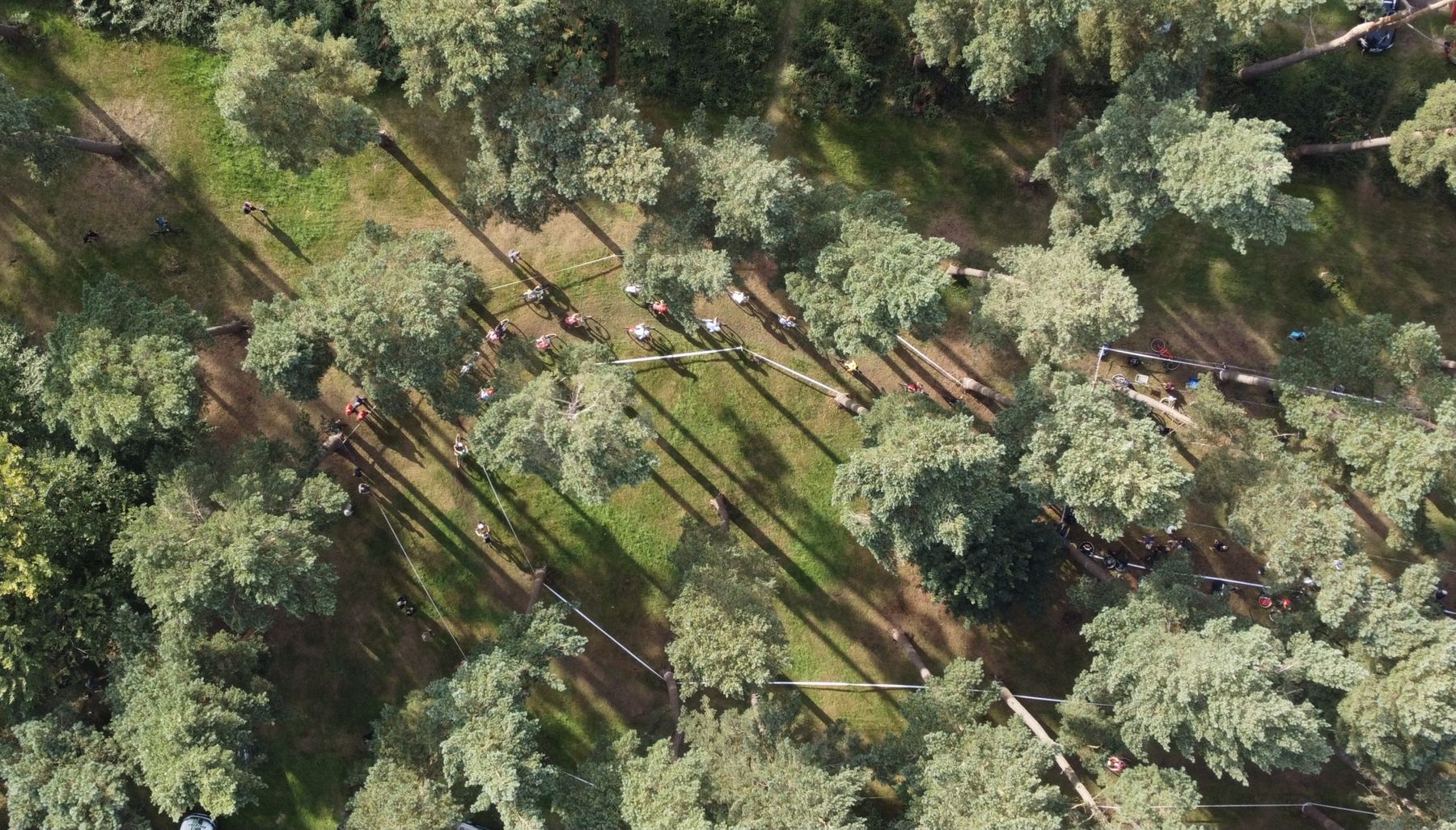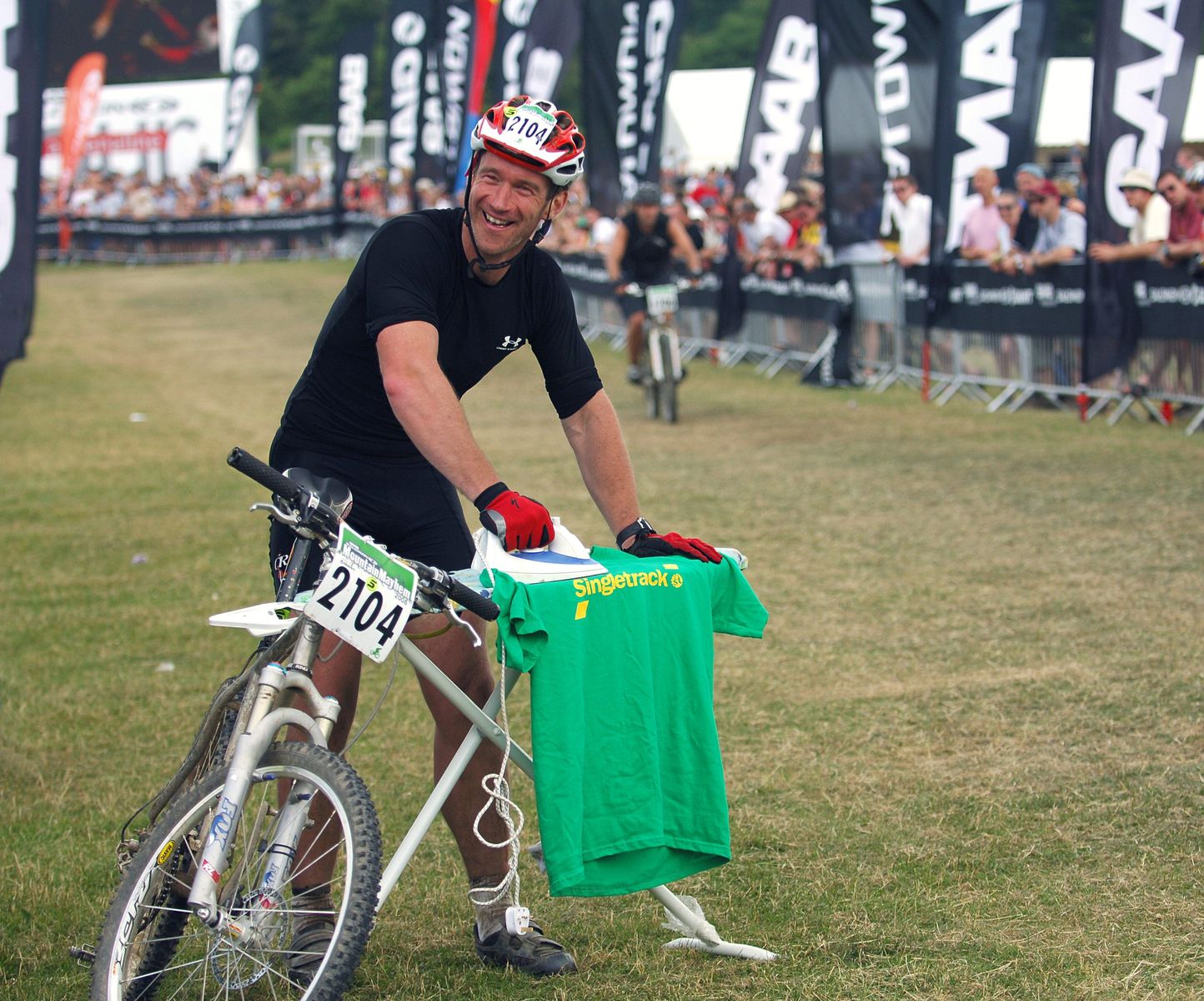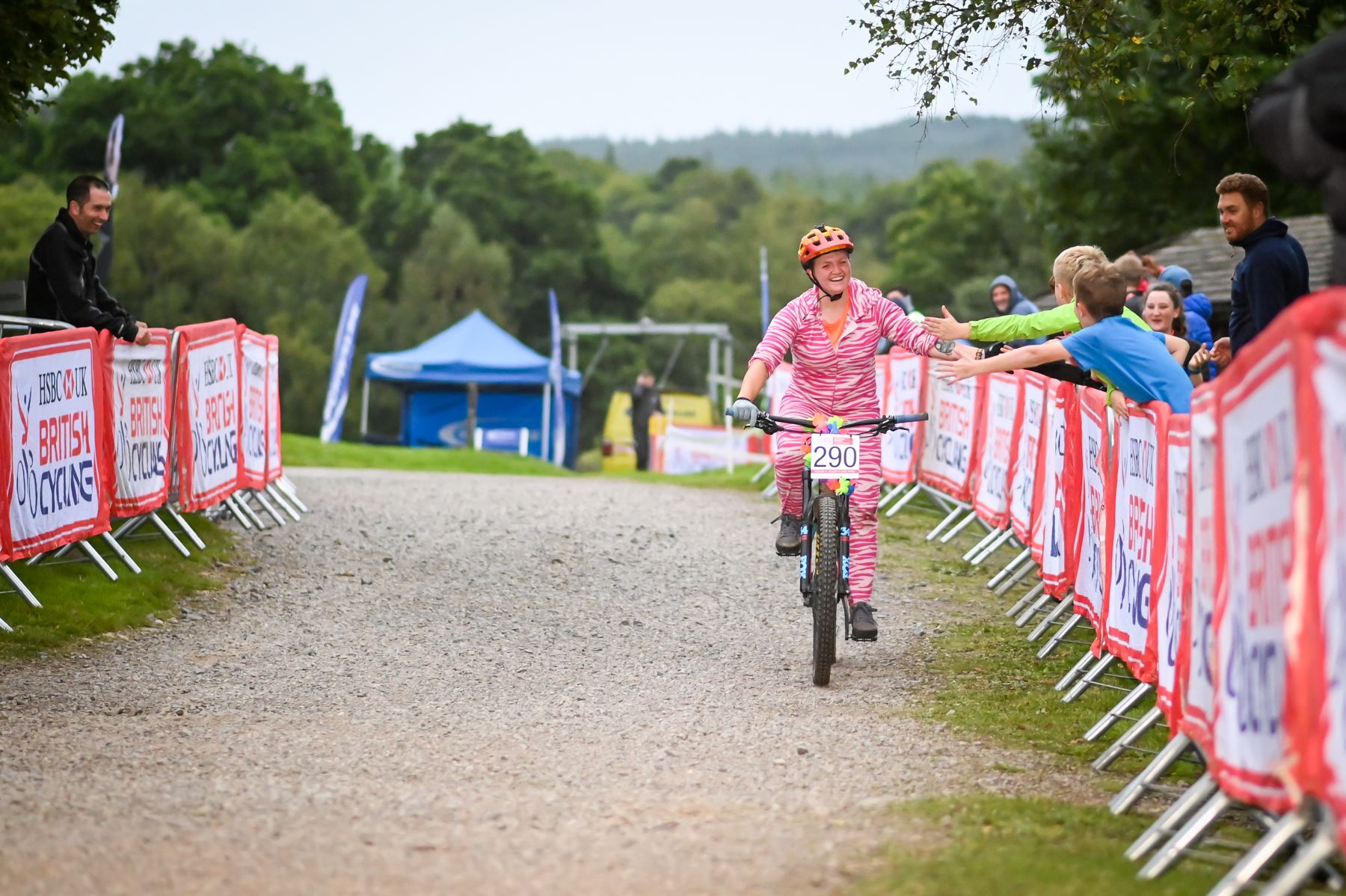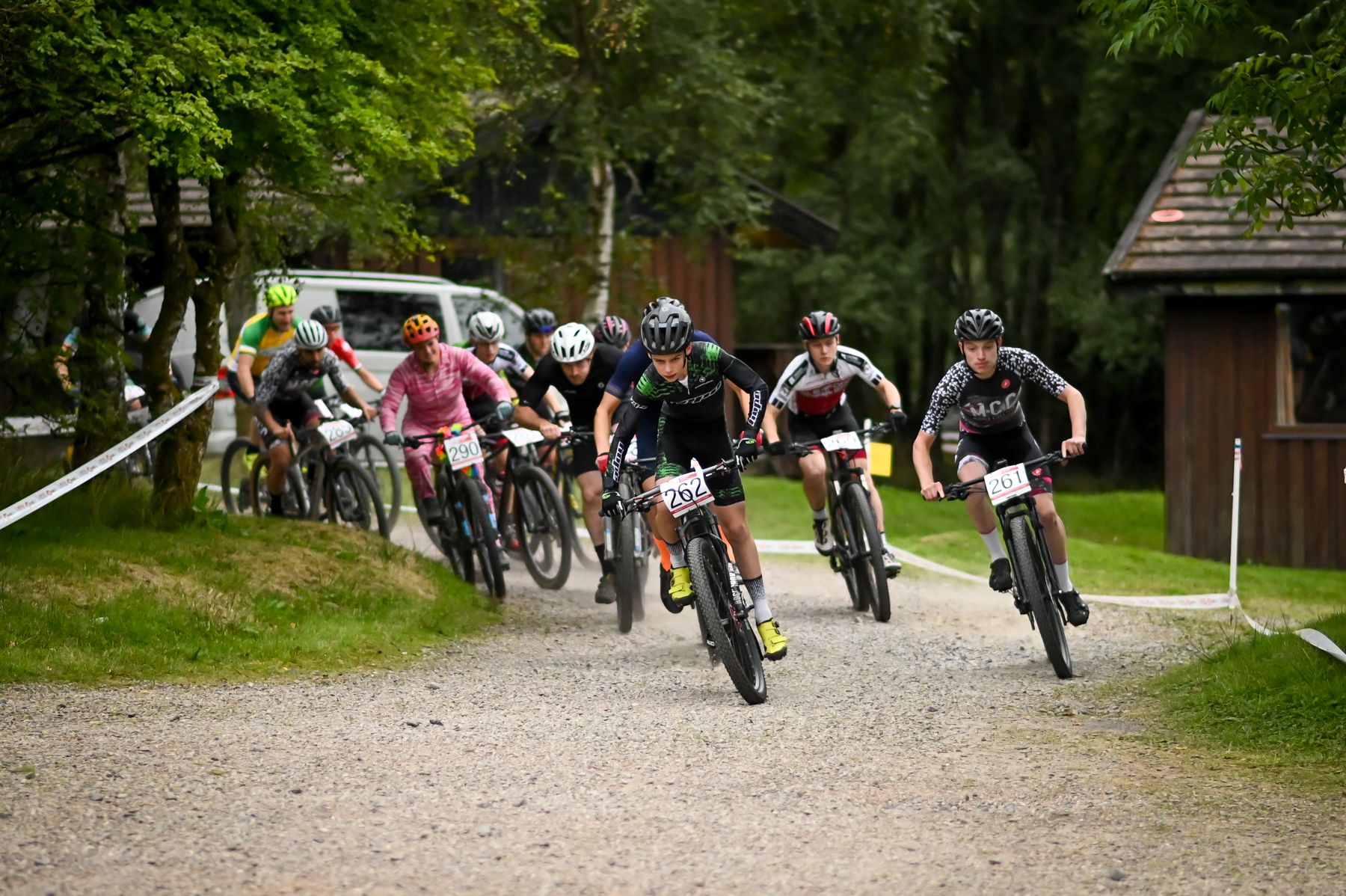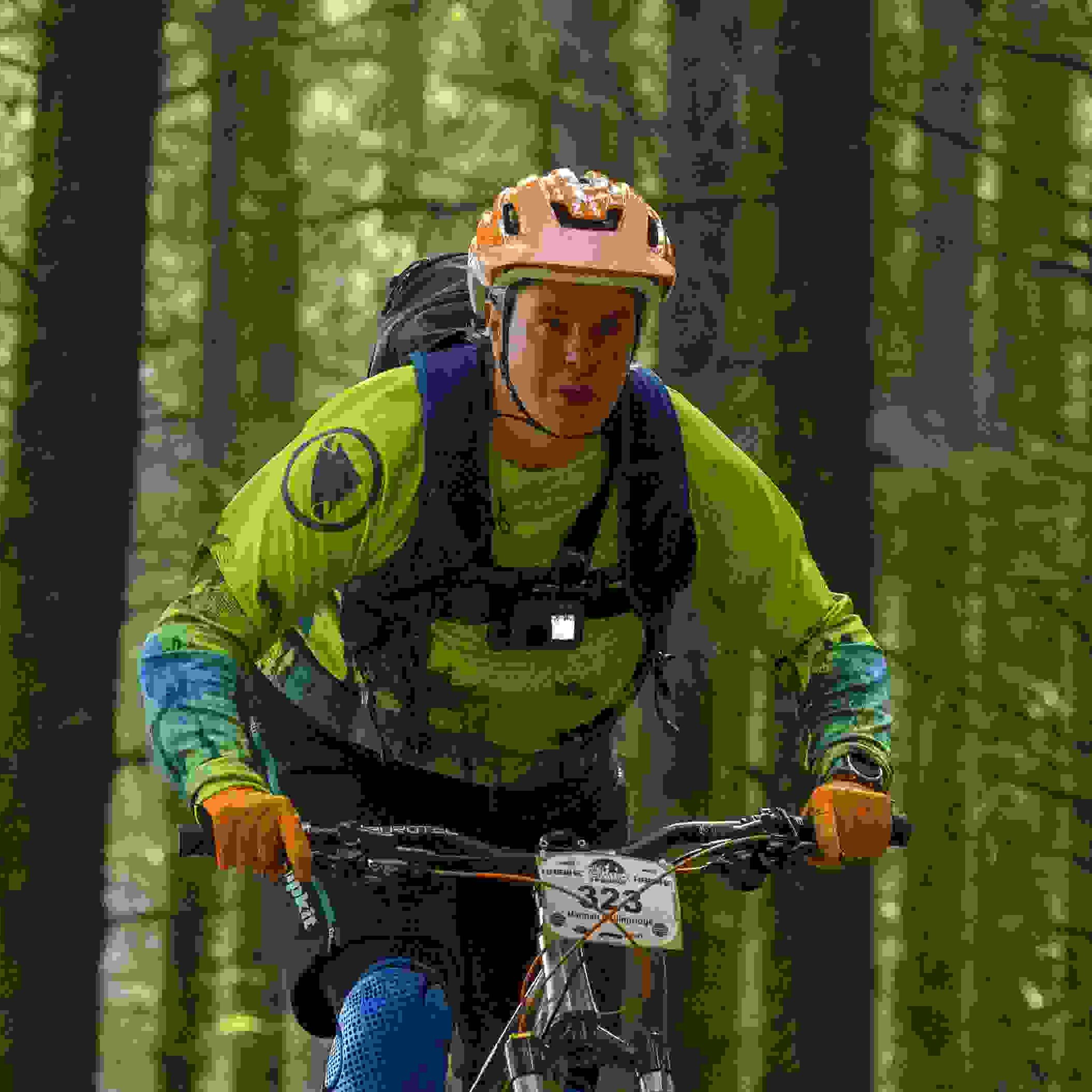Hannah Collingridge has been enjoying some XC racing, but thinks there is room for improvement, and plenty of room for more riders. How can we make it a more attractive experience for all? She’s got some ideas…
Images by Joolze Dymond unless credited.
Internationally it’s a great time for British XC. The successes of Evie Richards and Tom Pidcock are hopefully providing inspiration to XC riders of all ages, but the domestic scene isn’t all that great. Numbers racing at the National XC series are ok but not brilliant; as ever the number of women racing is low; and funding for the series from British Cycling is minimal. How can we make it better for everyone concerned? Here’s some ideas from a bunch of folk connected with the National XC Series whose brains I have shamelessly picked.
1. Fun.
I know, it’ll never catch on. But most riders, whatever skill level and whatever position they come overall, are doing this because they enjoy it, yet pretty much all of the focus is on the winners, especially elite and juniors. Everyone has paid their money, everyone is racing their arses off, everyone deserves a bit of the glory. We can make that race experience better for all. Simple things such as the commentators trying to name check as many racers as possible – I say ‘trying’ because in some of the races with several categories that becomes a really tricky job. Everyone loves a name check. Everyone loves a comment on their bright socks or their nickname or the wheelie they pulled over the line. Plus it makes it more fun for the audience. The audience is then more likely to get involved with a bit of cheering, cow-belling, banging on the barriers, that sort of atmospheric thing. Gives the whole thing a bit of a lift. Taking a leaf out of EWS’ book there could be competitions such as bunny hopping, whip offs – not hard to run or organise but which add a whole load of fun to the weekend.
Latest Singletrack Merch
Buying and wearing our sustainable merch is another great way to support Singletrack
2. More prizes.

In particular spot prizes for those who are never going to get near the pointy end of the race. Absolutely the winners should be cheered on the podium but let’s have the prize giving when the whole race has finished rather than that disheartening thing of the backmarkers not getting mentioned as they cross the line because the commentary is now focussed on the podium. So get the race finished and then do prizes. Spot prizes for each race can easily be arranged through the awesome sponsors of the series – Schwalbe and Torq Fitness are so good at this sort of thing. And these spot prizes can be given for the other stuff involved in racing – best save, best race face, best skid down that slippy banking – anything you can imagine. The marshals are in great places to spot this sort of stuff on the course. So now we’ve got everyone hanging round for the presentations so there’s a buzz in the crowd, and everyone is in with a chance of a prize and a moment of glory. We celebrate all of the riders. And don’t forget that without the folk finishing lower down the categories there wouldn’t be racing at all.
3. Make the course more technically difficult.
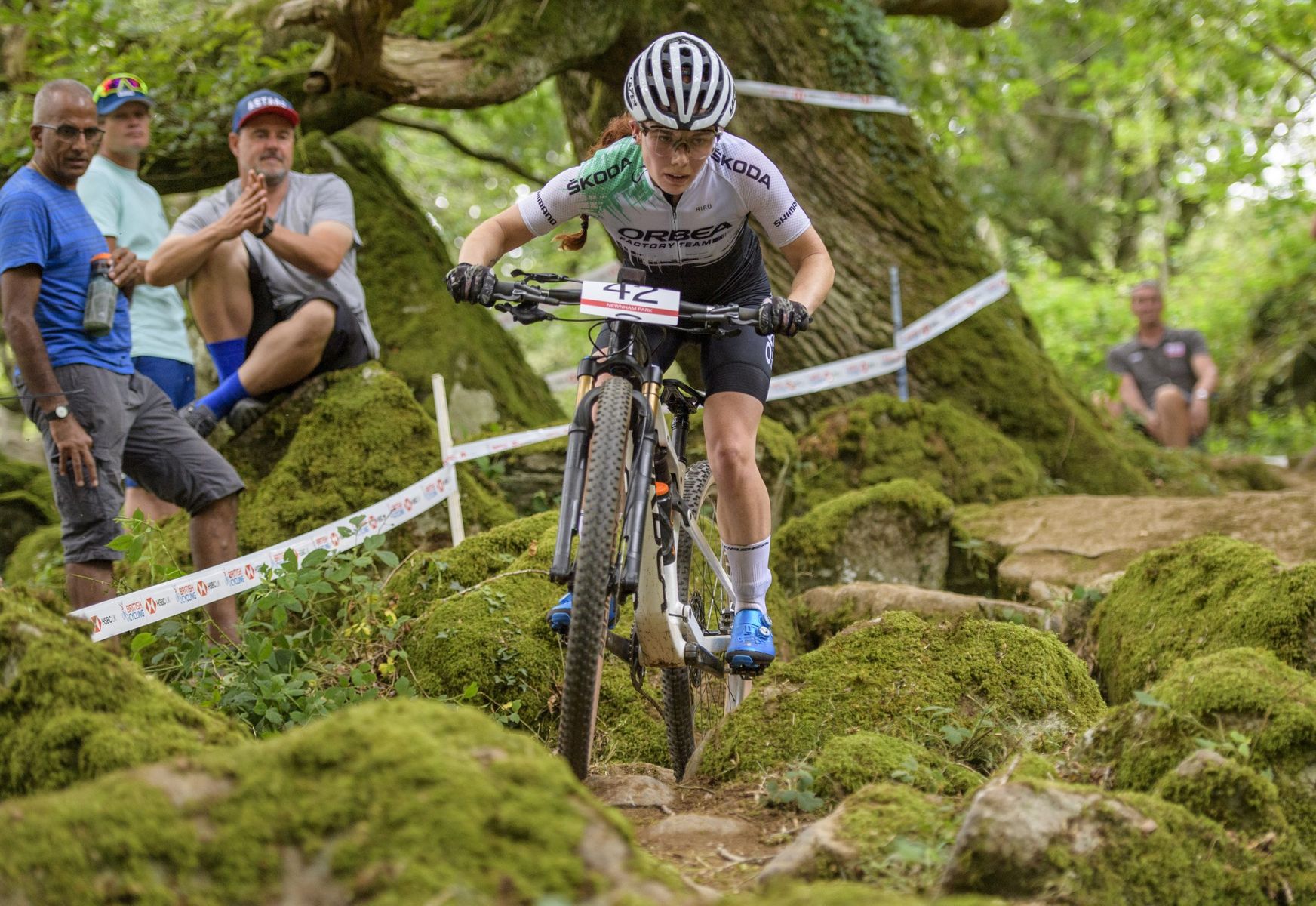
This has been a cry for years from many at the top of their categories, but it’s really important if we want to prepare our younger riders for an international career. The gap between the European races and the domestic scene is huge. There’s been plenty in the press about how Evie Richards has been improving her technical skills in order to help her racing at world level. However, British Cycling seems to have an aversion to signing off courses which are too technical in their view. Interestingly the commissaires only walk rather than ride a course before it is signed off. As we all can appreciate there is a huge difference between walking and riding the same piece of ground. We have enough talented course builders in this country to make the most of whatever land they are building a course on so we can have really challenging A lines as long as there are B lines, or even C lines for those not confident enough to ride the A line, or who have a job to go to on a Monday morning after the race. It also means that a race result isn’t just about fitness – it’s about technical ability lap after lap, line choice and race craft. Let’s have some technical uphill sections, rocky or rooty – just look at the World Cup race to see how they can split a race apart. A modern XC race bike can deal with an awful lot and if we bore the youngsters they’ll go racing enduro instead. This isn’t to say we want to alienate any other groups of riders but we can seek a balance between courses which test the top riders on the hardest lines and those that allow all to have a go with easier, but longer lines.
4. Consistency.
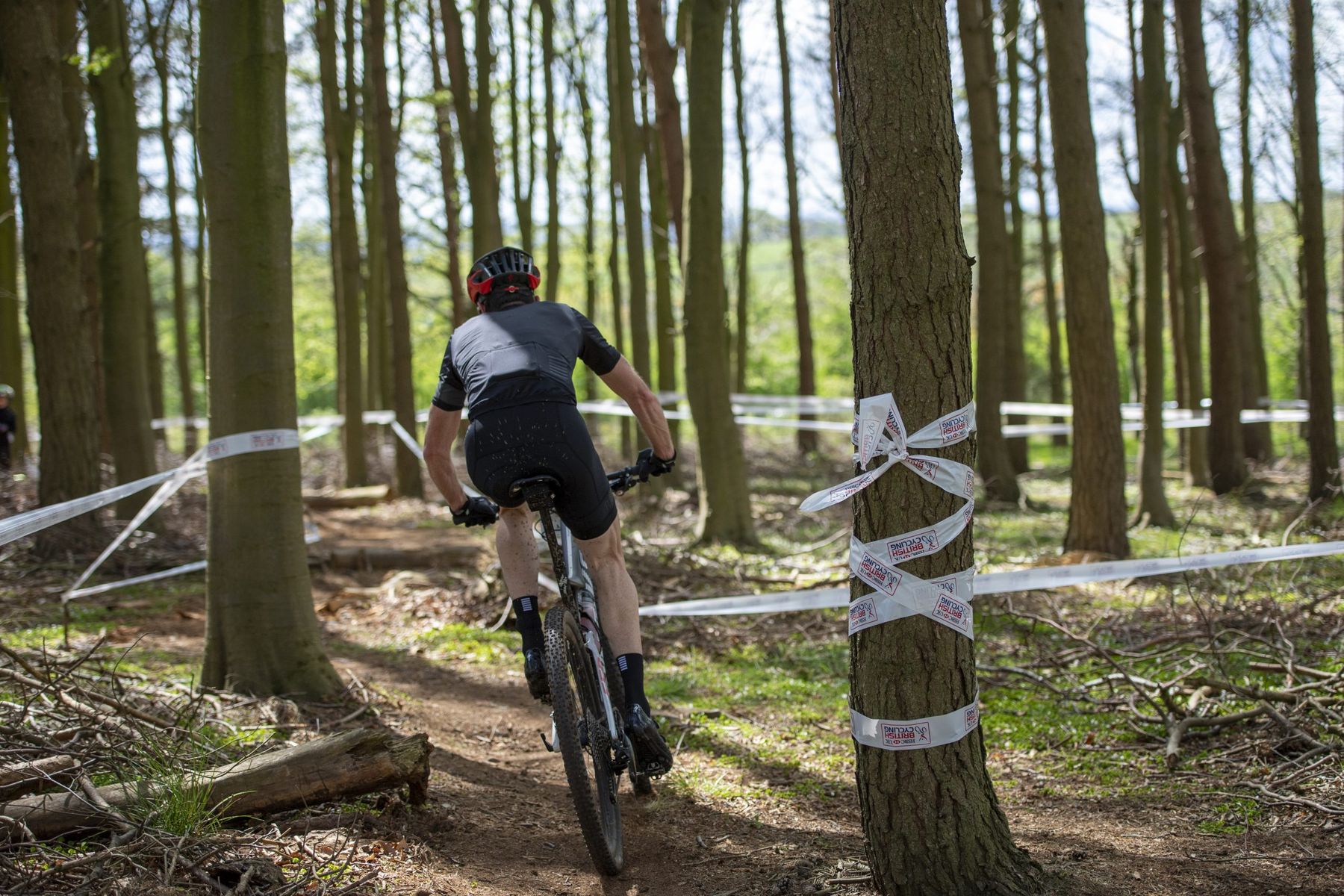
At a Nationals weekend you need to know what you are going to get. BC waver between getting individuals to put on races and having someone organise a whole series. Either can be made to work as long as there is a clear framework set up and that goes from the accommodation available to car parking and toilets through to course standard, racing and practice times, podium etiquette, commentating et al. It also needs consistent funding from BC because at the moment it is incredibly hard work to put on an event and get to a point where you can even break even on the costs. Course building and preparation takes a week per event. People need to be paid for that – no one is expecting to get rich from bike racing but there needs to be some incentive other than pure love of the sport. Let’s show appreciation for those doing the hard work.
5. Short track racing.
As seen at the Worlds where it’s a race in itself, that carries points and dictates the gridding for the full XC race. It was tried at the last couple of rounds on the Nationals in 2021 and frankly it was a great hoot. The format can be made immensely fun – 20 minutes of racing round a very short circuit with everyone in together. A tenner and no licence needed to enter. Grid the good folk at the back so the first lap is led out by the young. A short lap means the spectators see the racers frequently so again there’s a good atmosphere. It’s chaotic but fun as no one apart from the first three really know what position they are in. There’s lapping, there’s races within races, sprint finishes, fancy dress, strip tease (I kid you not), and again spot prizes for things like best socks, youngest, oldest, and riding in a onesie. Have it on the Saturday night with a few beers for the spectators and everyone has a good laugh.
6. Media.
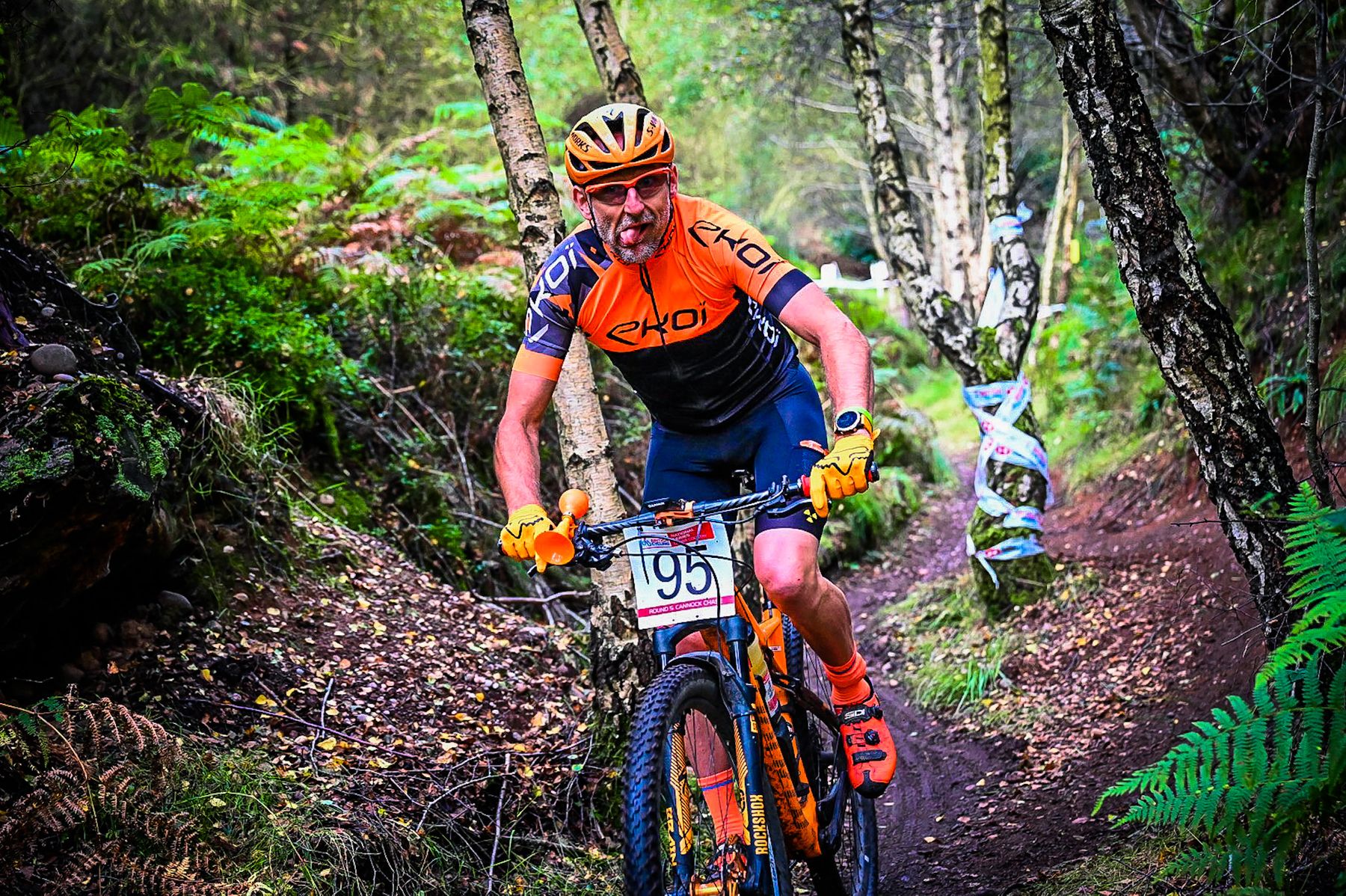
Let’s celebrate the fun side of the racing on Instagram and Twitter. Video previews of selected bits of the last two courses narrated by a chunky northern woman, for some reason, went down really well which proves there‘s no accounting for taste on the internet. Let’s have longer race reports that feature more than just the top three riders, more photos of more riders. Back to celebrating as many people as we can. Thankfully Singletrack are getting behind this idea so we will see what we can do with it next year.
Add all of that together and you would get a cracking weekend away with more atmosphere and fun as well as the serious racing. The Nationals becomes an event you want to take the family to and they are happy to come to. We’d make it more inclusive and celebratory and more people will come. We’d make it more challenging and we’d look after the riders of the future.
With particular thanks to Paul Davis, Matt Williams, Joolze Dymond, Sean McDonald, Nick Craig, Paul Oldham, Maxine Filby, and those of you I spoke to but don’t know your names.
